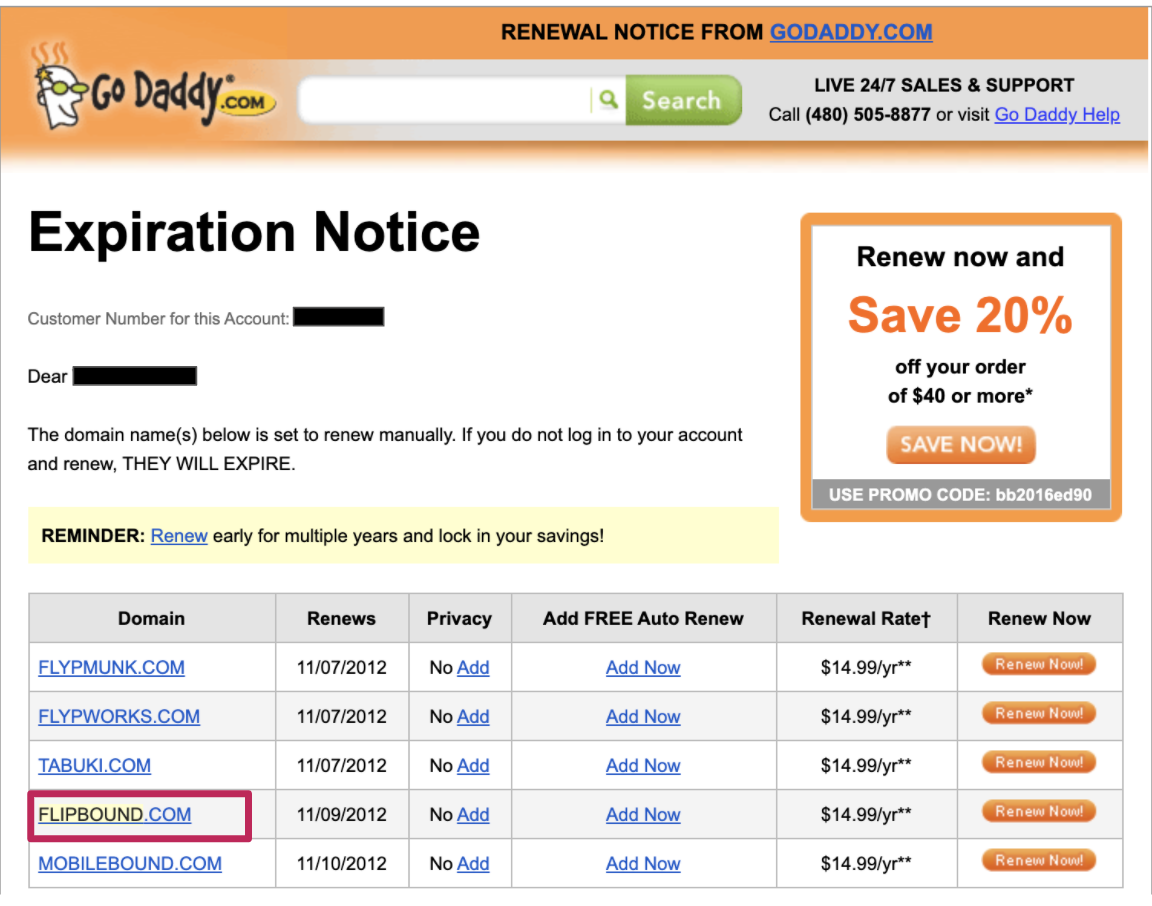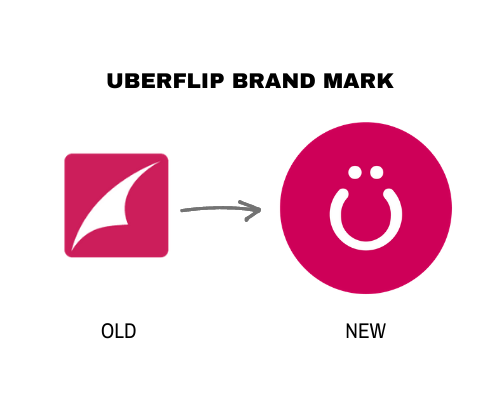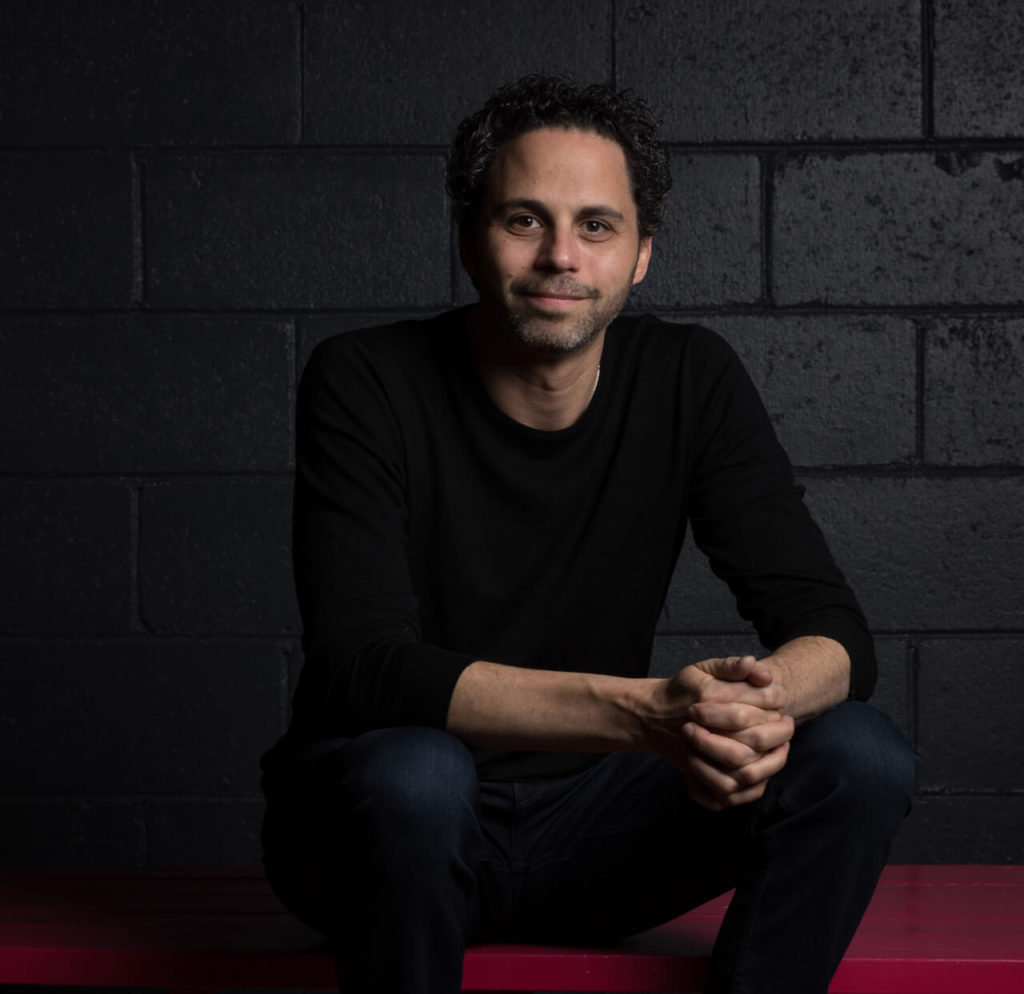This is a true story: Roughly a year ago, my co-founder and I went for lunch with the CMO of a $100 billion-plus customer experience software giant. We were interviewing this CMO (and her us) for a board seat, so she had done a fair amount of due diligence on our company—probably more than most CMOs would in all fairness.
She turned to me and said, “I think you have a positioning problem.” She went on to explain that she saw us as a true platform-play that could power ABM, demand and sales engagement campaigns. But when she asked a member of her team for their perspective, that marketer had a very different and more limited association of both the product and brand. We discovered that this particular marketer had last used our solution five years earlier at another company; although our solution and the market had evolved, this buyer had not been reeducated. More on this below, but it was clear we had work to do.
The following is a recount of our brand journey and the lessons I’ve learned as the CMO over the years since we launched. From the ability to look back at the early decisions to our more recent efforts to realign our brand identity, this story should challenge you to uncover what your audience associates you with and what steps to take to get you on track to better growth.
Back To The Beginning
Today Uberflip is a well-known brand in the marketing technology space. But back in 2012–about a month before we launched and landed on Uberflip as our company name–we were dead set on being called Flipbound. As you’ll see on the screenshot below, we even had the domain name on hold along with a few other random runner-ups. Often brand names, and more importantly the identity that becomes associated with that brand, can be very pointed in time. My long-shot favorite in the list is still Tabuki which reflected the importance of the tablet screen at the time: Tablets were the future.

Funny story: The reason we made the last-minute name pivot was a fear that we’d run into confusion. Flipbound sounded a heck of a lot like Flipboard, a news aggregation app (different type of content but still content) that had just raised a load of cash and was thought to be headed to bigger success than it has achieved since. So we went back to the drawing board. We surveyed our friends and family and ultimately chose Uberflip. And not because Uber was so popular. It existed back then, but it had only raised about $60 million of it’s $24.5 billion to date and was only valued around $350 million in total. It was big, but in our minds not as confusing as Flipboard and Flipbound would be. Go figure. But I’ve never felt the similarities in name between Uber and Uberflip has held us back in our space where there’s also an Uberconference.
Choosing a brand name was the first step toward defining what we would become in the market. The tricky part was we were so early in our journey toward a much grander vision that was still loosely defined on the product side. We knew we wanted to be the best (hence uber) to provide a great experience while helping people “flip” through pages of content to find what they wanted. But we didn’t yet know where the product would begin and end. We decided to focus on marketing use cases but hadn’t nailed down the eventual focus on the complex buyer journey versus other paths like the catalog space, which was also an option for us at the time. In fact, we had landed an opportunity to power Walmart’s weekly digital flyer—a path we later abandoned.
If you look at the path many companies take to choosing a name, it’s sometimes thoughtful and sometimes, well, less thought out. Take Apple for example. Steve Wozniak admitted, “We both tried to come up with technical-sounding names that were better, but we couldn’t think of any good ones.” Contrast that with DocuSign, we pretty much knew where they were headed in a specific category.
You can argue that the key is choosing a name that will not grow old. Our almost name of Flipbound was intended to combine the digital page flip concept with the hype of inbound marketing at the time. I am so happy we didn’t go that route, which would have challenged us to debate how we’d tackle the application of our platform to the rise of other marketing strategies like ABM, sales enablement and, more recently, the rise of customer marketing. Being Uberflip simply let us focus on being outstanding at flipping through content and defining the market need for that over time.
Learning No. 1: Effects of brand familiarity
My advice is to choose a name that is not limiting, yet familiar-sounding even if it’s new. When we surveyed our friends and family about which name we should choose, a number of them said they thought Uberflip was already a name in the market. We loved that! We knew we had the domain name and other properties locked up, so familiar sounded easier to market. Some of my favorite brands like Zendesk, Lululemon and Peloton feel suited to what the companies do. Their names are familiar, yet still broad enough for each company to expand its offering over time. Fortunately for us, Uberflip has given us that same flexibility: We’ve just undertaken the challenge to drop our old brand icon, which tied more to our beginnings of heavy document focus.
Which leads me to another strategy I struggle to watch from the sidelines: The complete name change or a drastic shift to dark and sad enterprise branding as a company scales.
As much as I love Zendesk as a brand, I mourned the drop of the Zen-like mascot and heart in its logo for its now subdued dark logo. Hootsuite similarly got dark and eerie when compared to the fun owl the brand was built on. My co-founder and I always said we’d reach a stage where someone would try to rip the pink (technically rubine red) from our logo. We vowed to never let it happen and, in fact, opted to embrace the smile that is made from our umlaut and “u” and never flip it to a frown or something sad. After all, even enterprises want to smile! 🙂

Learning No. 2: Positive Brand Association
You will always be pitched by an agency, board member, or confident entrepreneur that changing your name to reflect the changes in business and/or in the market, you will be much more relevant. Of course, there are times when this is necessary—disasters sometimes need a clean slate. But please consider this as a last resort. To me, the times to consider dropping your brand are: a PR disaster, a complete shift in buyer or product, or the fact that you simply chose a terrible name.
Otherwise, you need to know that although a new brand may create a better connection with prospects, you risk losing associations in the market andreturn buyers, and add the hefty need to reeducate.
Now, those of you who know our story may be thinking, “But you’ve already changed your name once. Weren’t you Mygazines before Uberflip?” Good catch. We fell into complete shift bucket mentioned above. In 2011 we decided to stop selling to publishers and instead focus on marketers and building new products for that buyer while sunsetting old features over time. When we launched Uberflip we treated it as a new business and refer to its launch as the founding day of our current company. Essentially the only thing we opted to bring over was some of the IP, customers willing to work with a marketing platform, and, of course, the team we already trusted.
The reality is that whatever name you choose is likely to be tested. But even if you nail your name you’ll definitely be challenged to ensure that the association of your brand is aligned with the way your company evolves in the market.
This brings me back to the story I shared about lunch with our board of directors candidate. It became clear there were past customers and future buyers who had very different perspectives on what we can help with. Through research she knew our potential, but on the surface, between our messaging and team commentary, we were limiting ourselves.
Learning No. 3: Brand Evolution, Not Revolution
I realized immediately that we had evolved beyond our positioning that served the business well in the early days, an area that many companies, especially those that embrace innovation, will struggle with. Technology changes so quickly that the product you have today may look totally different than it did just a short time before. As your solution becomes more capable you need to reeducate the buyers by showing them what you can do and how your capabilities play into their roles and responsibilities. This has a major impact on the perception of your brand and its identity.
This is the case with so many brands including one I mentioned above as a favorite: Peloton. During the COVID lockdown, I started using the Peloton App to run. Many people assumed my reference to “loving Peloton” was solely about jumping on a bike, not realizing the company also offers running, strength training, yoga and even meditation classes. I personally feel the brand name is flexible despite its ties to cycling, but as I said, a brand needs to adjust the associations and show its expansion and reach.
It’s very important to align your brand with a vision bigger than the products you offer today. I’m often reminded of Simon Sinek’s Golden Circle presentation and his highlighting of Apple’s ability to cross-sell to us among computers, smartphones, music, watches and whatever may come next. As Sinek put it, Apple’s brand exists not to build the best computers, but simply to challenge us to “think differently.”
Not everyone can or needs to be as bold to sell multiple product lines to achieve success, but it’s important to take a look at what your buyers associate your brand with. At Uberflip we realized, per our board member lunch, that we had various associations with our brand that were in fact still highly tied to inbound marketing use cases. So we began the process of reinventing ourselves.
Learning No. 4: Voice of the Customer
To reinvent yourself, or as I put it to our team “realign our brand,” it is important to start by getting the voice of your customer and understanding what associations exist. There are many ways to do this.Here are just some we’ve engaged in over the last year:
- Getting perspective from our customers especially through our CAB (customer advisory board);
- Listening to the way our own sales and customer success members pitch our product. It wasamazing to see the difference in those who have been with us for years versus those who just joined, and the many altered sales decks that snowball;
- Getting feedback from prospects who didn’t buy from us (oh, this hurts);
- Reading reviews of how customers describe us on platforms like G2; and
- (Engaging a third-party to conduct a blind market validation survey.
All of this may lead you, as it did us, to a need for change. You’ll need to decide what you want to change, everything from your company name or logo, to your messaging and brand or product associations. As much as we consider ourselves very strong on the branding side, we got help from an agency to reimagine our brand for 2020 and beyond. I found having an outsider’s lens was important to being able to evolve. The key for me was ensuring that our brand equity continued, but felt fresh and relevant to our current and new customers for years to come.
So now we’re live (I encourage you to check out our new branding in the wild). And that didn’t mean just a tweaked logo, updated brand mark, or launching a new site. It’s a full realignment of our brand through our updated: Brand Guidelines, Content Guidelines, Design Guidelines and, for our internal stakeholders only, Messaging Guidelines. I’ve got to give mad props to our marketing team for not just making this come to life but for documenting it so well.
Learning No.5: Team and market buy-in
Although it’s early, I will say that’s already my last and final learning. To truly have your brand evolve you need team and market buy-in. These kits provide the right guardrails for our new brand identity.
I think many companies have a champion who is trying to evolve the brand as the company evolves, but one person alone can’t succeed in evolving a brand. From using the right logo to ensuring details like updates to your content experience, internal resistance is your biggest threat.
I feel we’ve wrapped a nice bow around our realigned brand to make it easy for anyone to work with–from new deck templates to how to speak in our updated tone. It’s early but I’ve never been more excited looking at our happy face brand mark, especially as I recount not having landed on Tabuki.

Randy Frisch is the CMO and Co-Founder of Uberflip, a content experience platform that empowers marketers to create content experiences at every stage of the buyer’s journey. He has defined and led this movement, prompting marketers to think beyond content creation and truly put their customers first by focusing on the experience. This movement has fueled an annual conference, Conex: The Content Experience, that brings together 750+ passionate marketers, and a North American-wide Conex Tour. Randy is also the host of The Marketer’s Journey podcast, was named one of the Top 50 Fearless Marketers in the world by Marketo, and is the best-selling author of F#ck Content Marketing: Focus on Content Experience (yeah, he swears sometimes).





